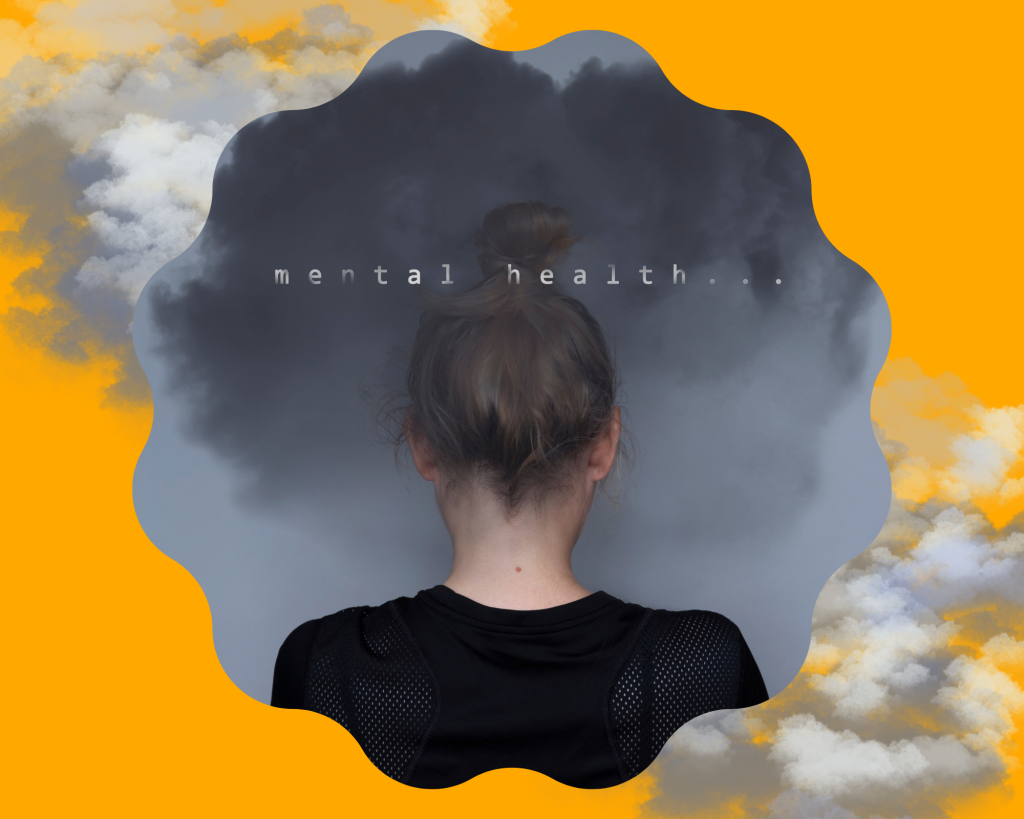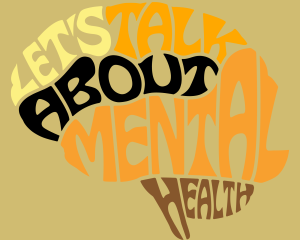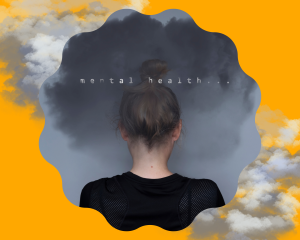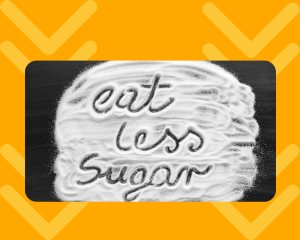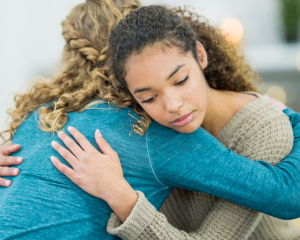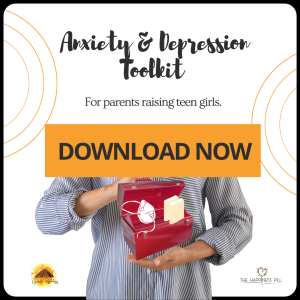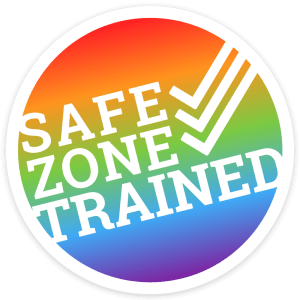10 Ways to Help Your Anxious Teen Enjoy Summer Break
10 Ways to Help Your Anxious Teen Enjoy Summer Break
I’m writing this blog because the other day I really had to take time to step into my client’s shoes. Summer break has always been a time that I’ve looked forward to. A time when I associate sunny days, adventure, freedom, and fun.
But as this 14-year-old tear-filled girl looked back at me, describing the stress of not having her friends around, being alone most of the time because of working parents, and loathing the idea of being stuck for hours on end with nothing to do, it gave me a glimpse into the reality that summer break is not all ice cream and butterflies.
(If this sounds like your daughter – here is an article I wrote just for her last year: 5 Practical Ways to Take Control of Your Happiness).
How to Raise Unbreakable Teen Girls: A guide for parents wanting to raise confident, resilient young women in today’s world. CLICK HERE FOR FREE DOWNLOAD <<<
9 tools you can immediately use to improve your teen’s mental health, strengthen her relationships, and boost her confidence.
Guide to Raise Unbreakable Teen Girls
If you have a teen daughter who:
- Really thrives on routine
- Seems nervous or on edge right now and it has nothing to do with how her school grades were
- Struggles to initiate and put together plans with friends outside of school
She might be dreading summer.
10 Ways to Help Your Anxious Teen Enjoy Summer
#1 – Find Free Fun
Finding free fun. If you’re in a town or city, there’s usually a lot going on during the summer months. Checking ahead of time with your local library, city events sites, or even platforms like Eventbrite and Facebook will offer you loads of different and low-cost/free options (e.g. festivals, concerts, free library programming, etc.)
#2 -Try Something New Each Week
Trying something new each week. Novelty breathes excitement into life and teenage brains are designed to seek it more than at any age. Don’t know where to start on figuring out new things to try? Check out this article.

Photo from Canva Pro
#3 – Get Friends’ Contact Info
Get friend contact information (and parents if appropriate) ahead of time. Depending on your daughter’s age and skill level on planning and organizing, a little support from a loving parent may be a game changer. Little reminders and encouragement to make sure they can be in touch with friends through the summer can be helpful. Or even helping them to organize their first couple outings with friends outside of school.
#4 – Summer Camp
Summer camps. I know. Your teen may straight out balk at this idea. Other teens love them. Part of the secret to summer camp success is the fit. Try matching based on interest or attending with a friend to make this option a real success.
#5 – Stick to A Routine
Staying up late and sleeping in is almost a quintessential part of summertime. But throwing routine completely out the window for 2 months is a recipe for exhaustion and bad moods. Encourage a summertime routine that continues to include rest, movement, and health hygiene.

Photo by Canva Pro
#6 – Find Volunteer or Paid Opportunities
Line up some volunteer or paid opportunities. Even if it’s just a few hours a week, doing something that grows a skill, helps others, or puts money in her pockets is sure to be uplifting. If you’re in Calgary, Alberta you can check out Volunteer Connector HERE. You can also reach out to your YMCA, local churches, pools, libraries, neighbours and drum up some opportunities.
#7 – Make a Summer Bucket List
Make a Summer Bucket List. This is a fun family activity. Everyone puts down things they would like to do throughout the summer and a list is created. You can decide if it’s “pick one random each week” or “each family member gets a week where they choose the activity of their choice and all the other members participate”. You can get really creative with these and they are sure to make cool memories.
#8 – Travel
Travel. I know this can get expensive really quickly. If travelling abroad or taking a plane is just not an option for you right now, travel can be a 45-minute drive out to the mountains, a bike ride to a location in the city that you have never been to before, or a fun little day trip to a unique place of interest near your town or city. Did you know there’s a gopher museum? Check it out!
#9 – Learn A New Skill
Learn a new skill. Mastering or getting better at something is so rewarding. Whether it’s summer or another season. There are so many options: Learning to play an instrument, ride a horse, make jewelry, dance, make a piece of clothing, cook, build a toolbox, martial arts, grow a garden, crotchet, start a business, just to name a few.
#10 – Exercise and Movement

Photo by lisboa ind. on Unsplash
Exercise and movement. Staying active is a great way to release happy making natural chemicals into your body and brain, as well as lower
stress. It can also be a nice way to connect with others. Getting a Y membership for the summer or signing up for a class might be the way to go. Or maybe it’s more walking, hiking, biking, swimming that also ensures Vitamin D doses.
BONUS TIP:
Many teens won’t talk to you, their parent, about their anxieties over summer break. Offering your daughter a neutral person to talk to, and set summer goals with, can be extremely helpful to her mental health. I have gathered a powerful team of therapists in the Pyramid Psychology family who have room for more teen clients this summer. You can meet my team – Jessa, Chipo & Tara – as well as book a free consultation here:
I want summer break help for my teen!
Here’s to making your anxious teen daughter’s summer break something she’ll be excited to tell her friends about in the summer.
Love,
Chantal
Psychologist, Teen Life Coach, and Founder of Pyramid Psychology
How to Raise Unbreakable Teen Girls: A guide for parents wanting to raise confident, resilient young women in today’s world. CLICK HERE FOR FREE DOWNLOAD <<<
9 tools you can immediately use to improve your teen’s mental health, strengthen her relationships, and boost her confidence.
Guide to Raise Unbreakable Teen Girls

Chantal Côté (she/her) is a psychologist and teen life coach living in Calgary, Alberta. After over a decade in non-profit and community mental health, Chantal started Pyramid Psychology, a practice dedicated to supporting teens – a population she is constantly amazed by. Chantal is on a mission to help 100,000 teen girls (and their parents) build bulletproof mindsets so they can weather the ups and downs of life. As part of this goal, Chantal has had the privilege of speaking at various events – virtual and live – to support teens and parents.
Outside of this passion, Chantal is often in nature, writing poetry, playing ball hockey and hanging out with her loved ones.
Each week, Chantal writes a blog article in response to issues she hears from the parents and teens she connects with.
If you have something you’d like to read more on – email ideas and questions to info@pyramidpsychology.com or DM us via Instagram or Facebook.


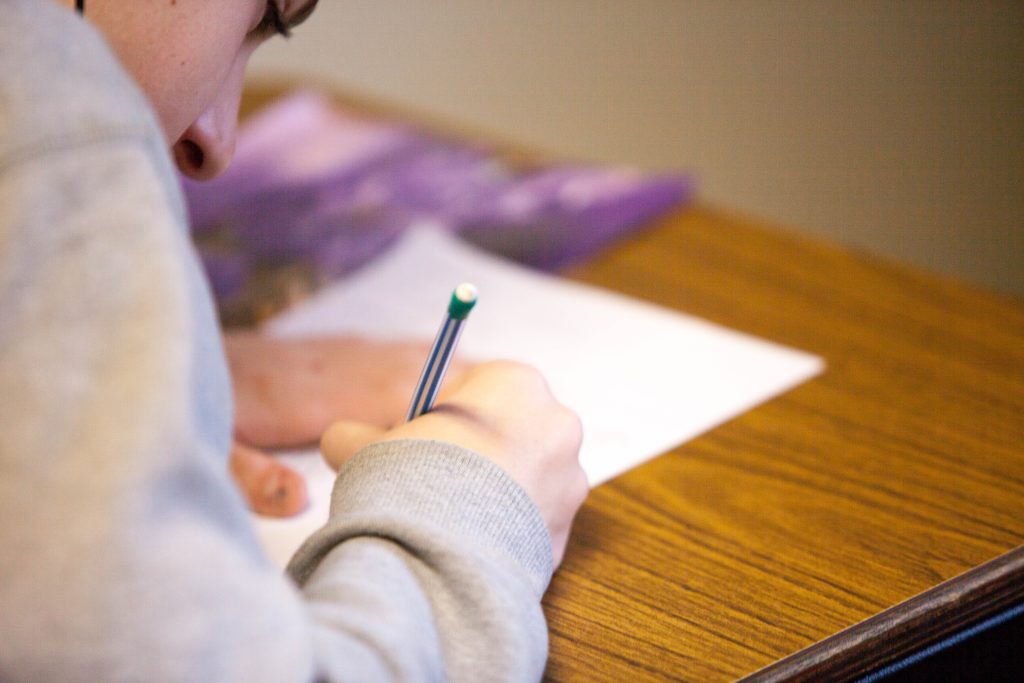



 Hello, my name is Tara, and I am a graduate student in counselling, I will be doing my practicum at Pyramid Psychology and I am very excited to practice all the skills I have learned as well as develop new relationships.
Hello, my name is Tara, and I am a graduate student in counselling, I will be doing my practicum at Pyramid Psychology and I am very excited to practice all the skills I have learned as well as develop new relationships.
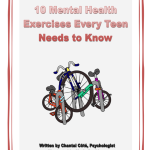


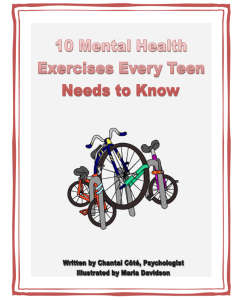
 I am a registered social worker with a Bachelor of Social Work with a major in psychology from the university of the Western Cape, and a Master’s in Clinical Social Work specialization with individuals, families, and groups from the University of Calgary.
I am a registered social worker with a Bachelor of Social Work with a major in psychology from the university of the Western Cape, and a Master’s in Clinical Social Work specialization with individuals, families, and groups from the University of Calgary.






 Chantal Côté (she/her) is a psychologist and teen life coach living in Calgary, Alberta. After over a decade in non-profit and community mental health, Chantal started
Chantal Côté (she/her) is a psychologist and teen life coach living in Calgary, Alberta. After over a decade in non-profit and community mental health, Chantal started 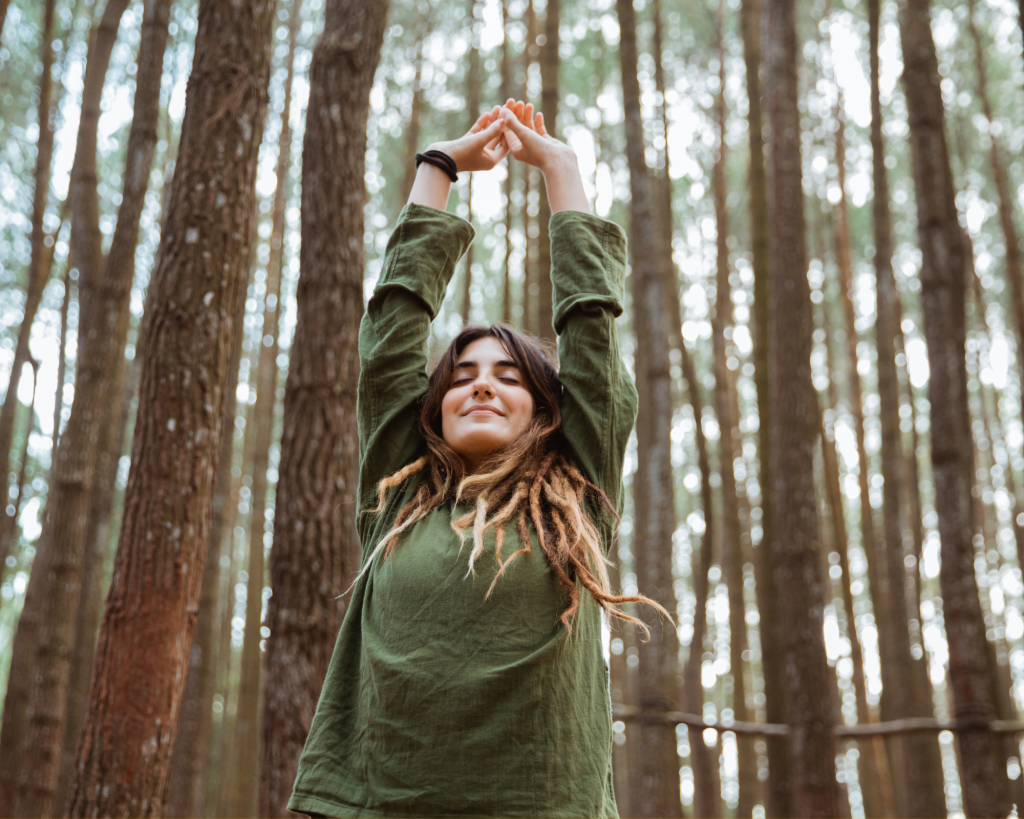
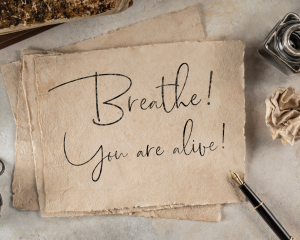
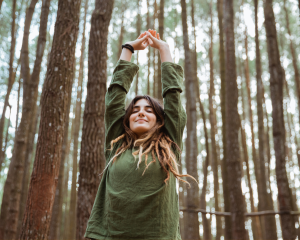
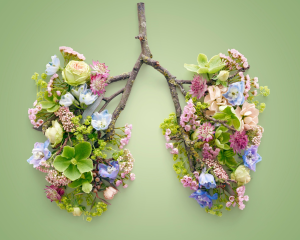
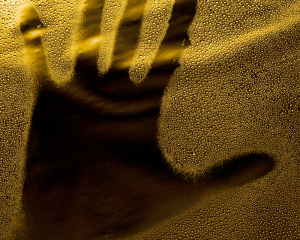








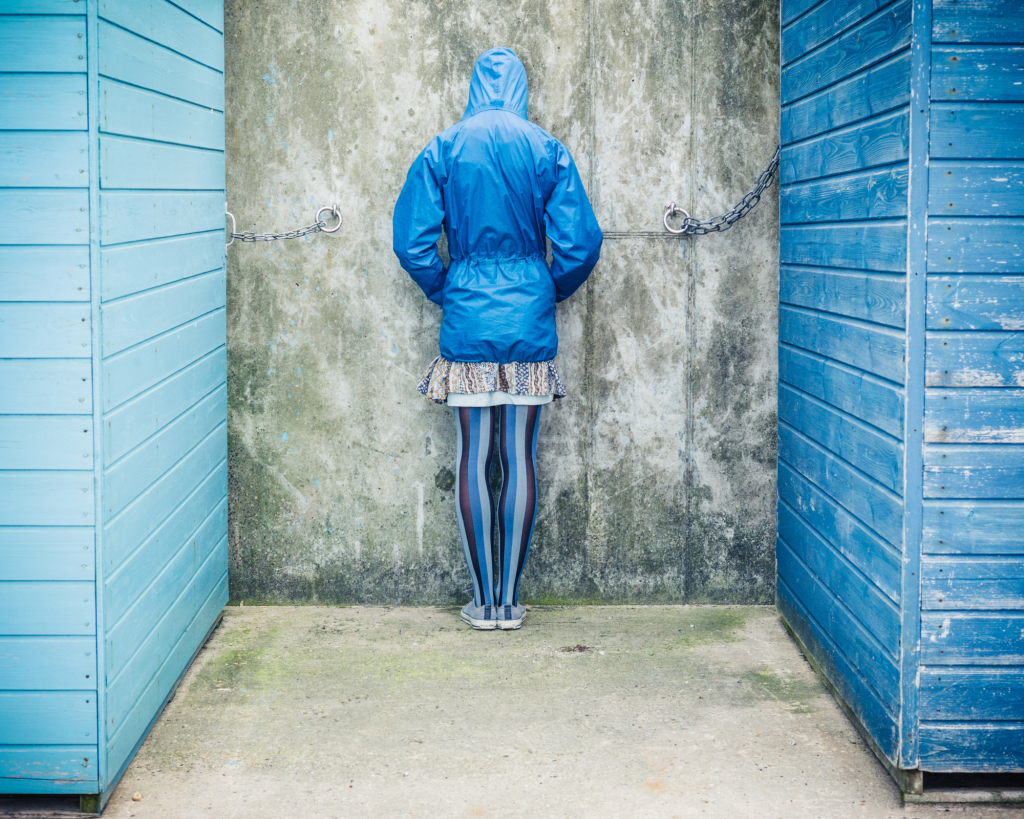
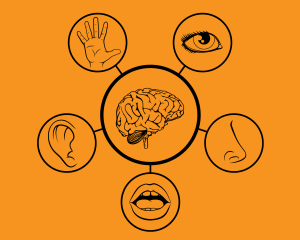
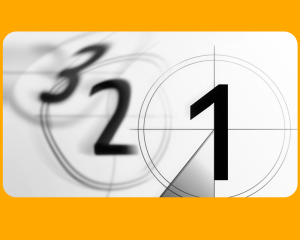
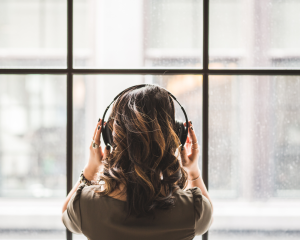





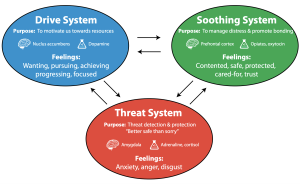

 Chantal Côté (she/her) is a psychologist and teen life coach living in Calgary, Alberta. After over a decade in non-profit and community mental health, Chantal started
Chantal Côté (she/her) is a psychologist and teen life coach living in Calgary, Alberta. After over a decade in non-profit and community mental health, Chantal started 

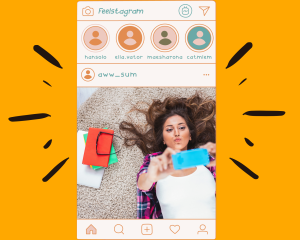

 Jessa is a counsellor that has recently completed her master of counselling degree through Athabasca University.
Jessa is a counsellor that has recently completed her master of counselling degree through Athabasca University.